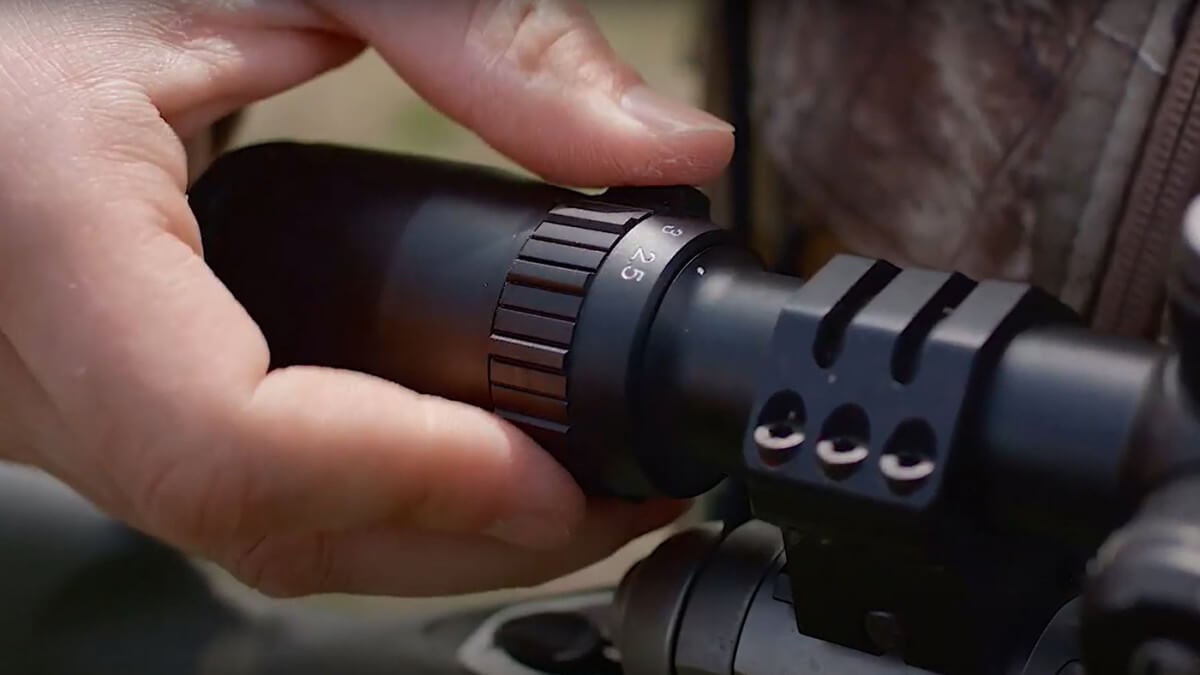- Savage Blog
- Optimize Your Optics for Hunting
Optimize Your Optics for Hunting

Optics. They changed the game for hunters. They're such an important tool for any successful hunt. Savage ambassador and host of "Savage Outdoors" and "The One", Mike Stroff has several expert tips to help you optimize your optics.
Optics Power Play
Good news -- there are so many options for optics on the market! Bad news -- how do you know which one is right for your firearm? Stroff breaks down why he has chosen specific optics for some of his favorite Savage firearms. Stroff recommends considering what kind of hunting you'll be doing and pairing your firearm with an optic that is purpose-built for your hunting goals. For example, Stroff has chosen a Bushnell optic with a shotgun reticle for his 220 Slug Gun. Stroff also stresses the importance of not going overboard on the magnification. If you'll only be shooting out to 100 yards, do you need be set on 10x all the time? Probably not. Stroff recommends keeping your magnification set somewhere in the middle and practice at that setting a lot so you're comfortable with it. If you're constantly messing around with your scope settings in the field, you end up introducing more room for shooter error and that can mean the difference between tag soup and meat in the freezer.
Understanding Exit Pupil
Have you heard of expit pupil on your scope? When you're hunting in low light conditions, as many whitetail hunters do, you want your optic to gather as much light as possible for a clear picture. Considering the exit pupil is a great way to optimize your optics and will help make you a more successful hunter.

Heads up -- exit pupil requires a little bit of math to understand, but we promise it's simple. If you just had a bad flashback to elementary arithmetic, don't fret. Your phone has a calculator. We won't tell your 4th grade teacher. Stroff explains it like this: If you have a pair of binos that is 8x42, you need to divide the objective lens diameter by the magnification power to find the exit pupil (42 divided by 8 = 5.2). If you have a pair of binos that is 10x42, your exit pupil 4.2, and will gather less light. The bottom line? More magnification, smaller exit pupil, less light gathered. Back to Stroff's earlier point about choosing an optic that is suited for your style of hunting, don't go overboard on the magnification if it's not necessary! Doing so will only make it harder to see that big buck at the end of shooting light.
Pay attention to the exit pupil when purchasing your next riflescope to strike the proper balance of light and magnification for your style of hunting.
Fast-Action Scope Settings
If you're in a hunting situation that you might need to make a quick shot (like walking to and from your stand or while hunting in thick brush or closer quarters), having your scope cranked up to a high magnification is going to make it difficult for you to acquire a good sight picture quickly. Instead of fumbling with your optic or struggling to get the sight picture, Stroff recommends just taking a moment before heading out to turn the power down on your scope. Simple as that! It also helps tremendously if your rifle fits you, so you have a proper sight picture each and every time you shoulder the rifle. Innovations like AccuFit allow you to customize fit to help you obtain perfect eye relief.

